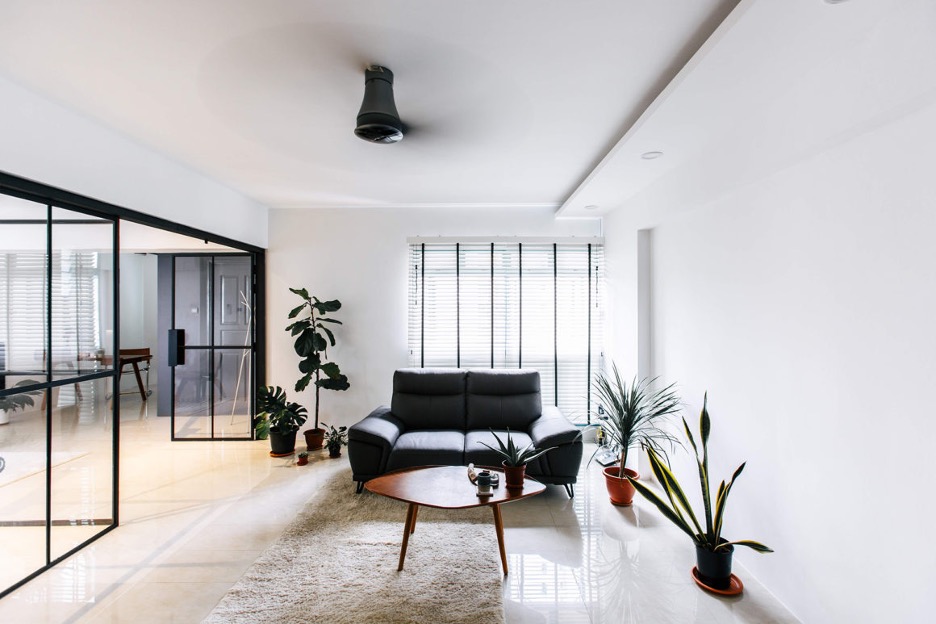In business as in life, the power of first impressions cannot be underestimated. From the moment customers step foot into a retail store, a restaurant, or a hotel lobby, their perception of the brand is instantly formed.

The skillful fusion of aesthetics, functionality, and ambiance plays a pivotal role in this process. Interior design has emerged as a transformative force, leaving an indelible impact on customer behavior and brand perception.
Impact of Interior Design on Customer Behavior
When it comes to consumer behavior, the physical environment significantly influences how customers interact with a business.
Aygul Abizgildina, an architectural designer who specializes in architectural cinematography, explains, “Interior design can significantly impact customer behavior and purchasing decisions…A well-designed interior can create a positive and memorable first impression, showcasing the brand’s identity, values, and attention to detail.”
A well-designed interior can evoke a wide spectrum of emotions, from comfort and relaxation to excitement and curiosity. An inviting and aesthetically pleasing space can entice customers to linger longer, explore more, and ultimately make purchasing decisions with a positive mindset.
Research has shown that certain elements of interior design can prompt specific customer behaviors. Thoughtful layouts can guide patrons through a space in a particular manner, influencing the flow of foot traffic and product exposure. Strategic placement of focal points and displays can draw attention to key products or services, stimulating interest and promoting sales. Lighting, color schemes, and textures can evoke different moods, thus impacting the pace of customer interactions and time spent within the business environment.
Interior Design Shapes Brand Perception
Beyond affecting customer behavior, interior design is a powerful tool in shaping brand perception. It serves as a tangible representation of a company’s identity, values, and promises. When executed harmoniously, the interior design of a space conveys authenticity and credibility, allowing customers to connect with the brand and creating strong brand loyalty.
For instance, a boutique hotel with sleek, modern interiors may project an image of sophistication and luxury, attracting discerning travelers seeking upscale experiences. On the other hand, a playful and vibrant interior design in a family-friendly restaurant can communicate warmth and a welcoming atmosphere, appealing to parents and children alike.
Interior design also reinforces brand consistency. Businesses with multiple locations can establish a recognizable brand identity through consistent design elements, fostering a sense of familiarity and trust among customers, regardless of the physical location they visit.
The Psychological Aspect of Interior Design
The psychological aspect of interior design plays a pivotal role in customer behavior and brand perception. Experts have long acknowledged the profound influence that environmental psychology has on individuals. By understanding human behaviors and emotional responses to spatial environments, interior designers can craft spaces that align with a brand’s intended image and message.
A calm and clutter-free interior design, for example, can create a serene environment, encouraging customers to relax and savor their shopping experience. Alternatively, a dynamic and vibrant design may inspire energy and enthusiasm, motivating patrons to engage actively with a brand’s products or services.
The impact of interior design on customer behavior and brand perception is undeniable. When done strategically, interior design becomes an integral part of a business’s success, providing a competitive edge and fostering lasting connections with customers. As businesses continue to recognize the value of interior design, its potential to influence customer behavior and brand perception will remain at the forefront of progressive marketing strategies in the ever-evolving business landscape.
You may be interested in: Design Your Home: An Interior Design Journey with Texture, Light, Color, and Style
